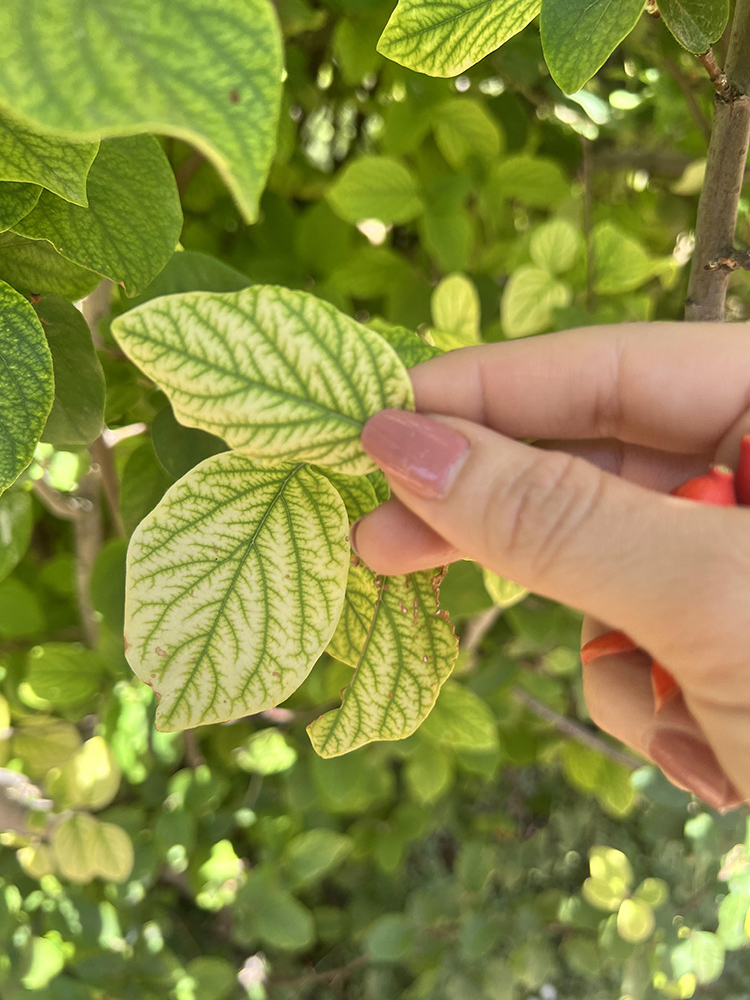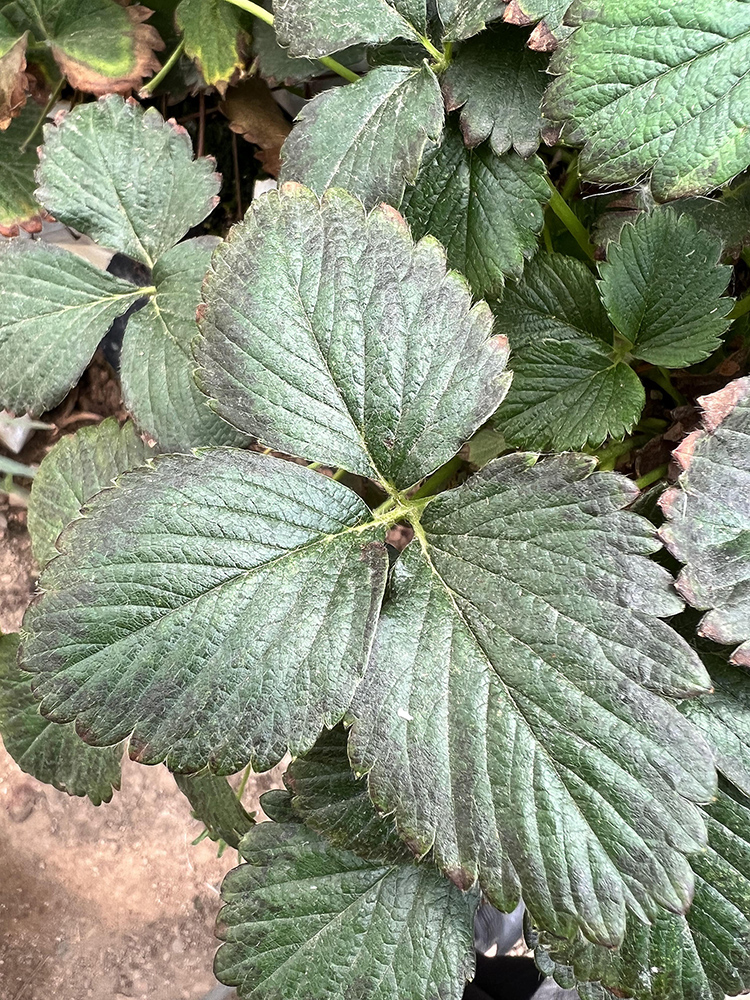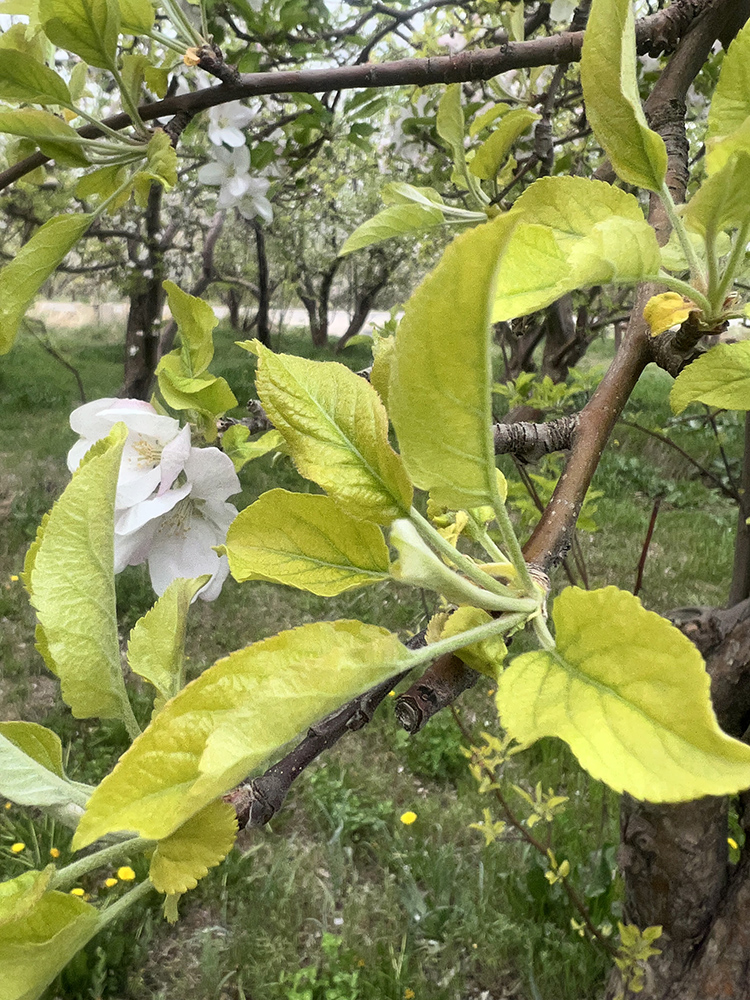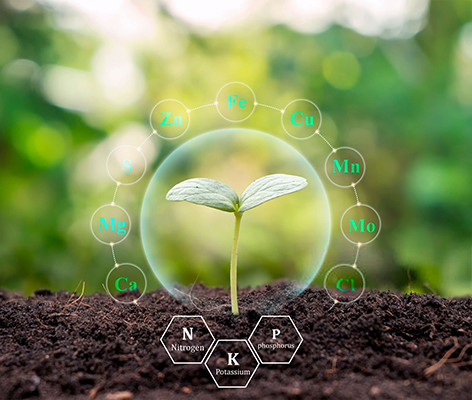Symptoms of element deficiency in plants
Symptoms of element deficiency in plants
Deficiencies in plants can lead to a number of problems. For example, nitrogen deficiency causes older leaves to turn yellow, growth to slow down, and stems to become thin. Deficiencies in other elements, such as molybdenum, can also cause leaves to turn yellow and shrivel. In general, signs of nutrient deficiencies include reduced overall plant growth, reduced leaf and fruit production, and thin, weak stems.
The most common symptoms of element deficiency are the stop or reduction of plant growth, pale color in young or old leaves, necrosis or death of a part of a plant organ including leaves, color change in plant organs, etc.



Also, nutrient deficiencies can have positive or negative effects on plant growth and health. Below are some important nutrients and the effects of their excess:
Nitrogen (N):
Positive effect: Increases growth rate and leaf greenness.
Negative effect: May cause abnormal growth, structural weakness, and increased susceptibility to diseases and pests.
Phosphorus (P):
Positive effect: Improves rooting and flowering.
Negative effect: In high amounts, may inhibit calcium and magnesium absorption.
Potassium (K):
Positive effect: Strengthens plant immunity and increases fruit production.
Negative effect: Excessive accumulation of potassium may inhibit calcium and magnesium absorption.
Calcium (Ca):
Positive effect: Strengthens cell walls and structural health of the plant.
High amounts can inhibit the absorption of other elements.
Iron (Fe):
Positive effect: Essential for the function of stipules (plant stipules refer to the number and arrangement of different parts of the plant, such as petals and leaves) and chlorophyll synthesis.
Negative effect: Excessive accumulation of iron can lead to rust and toxicity in the plant.
Manganese (Mn):
Negative effect: Excessive manganese can cause yellowing and chlorosis in plants.

Detecting nutrient deficiencies in plants
Diagnosis of nutrient deficiencies in plants is often made by observing the external symptoms and examining the overall condition of the plant. Below are some symptoms and methods of diagnosis:
1. Observe the external signs
Yellowing Leaves: Yellowing of the lower leaves of the plant usually indicates a nitrogen deficiency, while yellowing between the veins may be a sign of iron deficiency.
Wrinkling and dropping leaves: These symptoms may indicate a potassium or calcium deficiency.
Check for sunburn: Burning of the tips and edges of the leaves may be due to a calcium deficiency.
Paleness and brittleness: Signs of manganese and iron deficiencies.
2. Plant growth monitoring:
Reduced growth: If plant growth is slow or stops, it may be due to a nutrient deficiency.
Low fruit and flower production: A deficiency in positive elements such as phosphorus and potassium can affect fruit and flower production.
3. Soil test:
Soil testing: Soil chemical testing can help identify deficiencies of various elements.
4. Monitoring and examining environmental conditions:
Climate and soil conditions: Environmental factors such as soil pH and poor nutrition can cause nutrient deficiencies.


